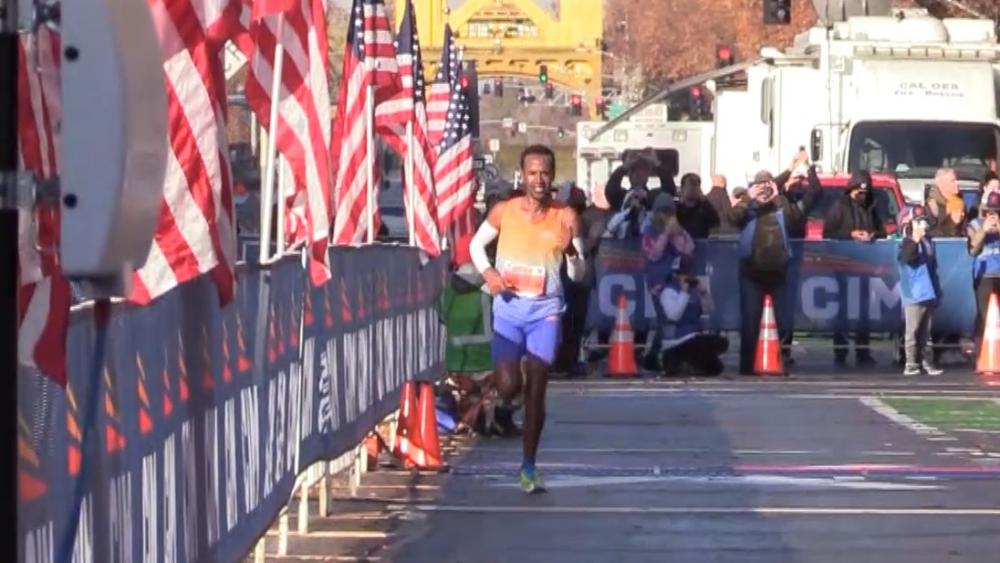Folders |
Futsum Zienasellassie Has Running Community Buzzing, AgainPublished by
Former Eritrean Immigrant-Turned-Prep Star Looking Toward Paris After Sparking Marathon Debut In Sacramento By David Woods for DyeStat INDIANAPOLIS – From East Africa’s high plateau to Indiana’s prairie to Arizona’s mountains, he has been climbing, if not steadily. There have been slip-ups and setbacks, and once even a full stop. Futsum Zienasellassie’s journey has been one of disparate identities and potholed paths. He has been timid immigrant, young phenom, college trailblazer, scuffling pro. Yet, inevitably, a champion. He did not run his first marathon until days before his 30th birthday, and now a case could be made he is that newbie all over again. “I really believe I have so much to give,” Zienasellassie said. “And I know my body has so much to give. Not only 2024, but 2028. “I really believe I could be at that elite level for the next eight years.” He is coming off a marathon debut, won in 2:11:01 at the USATF Marathon Road Championships, presented by Toyota, Dec. 4 in Sacramento, Calif. It wasn’t so much his time, or that he won, but the way he won it. WEBCAST REPLAY He trailed by 43 seconds at the half-marathon and ran in a lead pack of four at 23 miles. From there, Zienasellassie accelerated and built a lead of nearly one minute. From 35K to 40K, his 5K of 14:59 was his fastest of the 42-kilometer race, and 42 seconds faster than eventual runner-up Jacob Thomson (2:11:52). “If I was going to make a move,” Zienasellassie said, “I wanted to make it as hard has I can for the first kilometer or mile so everyone would give up.” He ran the second half (1:05:26) faster than the first (1:05:35). Americans have run faster debuts. To name a few: Leonard Korir 2:07:56, Conner Mantz 2:08:16, Ryan Hall 2:08:24, Alberto Salazar 2:09:41 (in 1980, it was the fastest debut ever by two minutes). There have been few better debuts. Zienasellassie won. Afterward, Meb Keflezighi texted him that it took him seven years to win his first marathon. Zienasellassie dispatched a good field. He did, indeed, have more to give. “This is really just the beginning,” said Alan Culpepper, his coach at HOKA Northern Arizona Elite. “This is nowhere near what he’s capable of in the marathon.” From now until Feb. 3, 2024, when the Olympic Trials marathon will be run at Orlando, Fla., every step Zienasellassie takes will be on a pathway to Paris.
Starting From The Bottom The beginning was in Eritrea, a mountainous country bordering the Red Sea. The former province of Ethiopia became independent in 1993, but there has been unending strife. According to Human Rights Watch, the Eritrean government’s human rights record is among the worst in the world. Zienasellassie and seven siblings were born in Eritrea. His father, Meleakesellam, is an Orthodox Christian priest who was once imprisoned under the Ethiopian regime. He fled in 2004 and was granted asylum in the United States, leaving behind his wife and children. Eventually, the wife and two youngest children, Futsum and Henok, were allowed to leave Eritrea and emigrate to the United States. They arrived in February 2007 without knowing any English. Futsum’s brother, Bahlbi, stayed in Eritrea because, at 16, he was old enough for military service. The brother was conscripted into the army but managed to get out. When his family was pressured to reveal his whereabouts, and Futsum said his mother was jailed for three weeks. Bahlbi relocated to a refugee camp in northern Ethiopia. He lived there for a year. and a half. With the help of Sen. Richard Lugar, the brother made it to Indiana in May 2008. Bahlbi hadn’t seen his father in nearly five years, his mother and siblings for a year and a half. That fall, Bahlbi joined Futsum, a freshman, on the North Central High cross country team. Instead of culture clash, the Eritrean boys bonded with their Hoosier teammates during preseason camp at Clifty Falls State Park in southern Indiana. Bahlbi advised the others the campfire would keep hyenas away. Roasting s’mores was far removed from deprivation of a refugee camp. Bahlbi was the runner in the family, not Futsum, whose sport was soccer. But after Futsum ran a 4:48 mile in a gym class at Northview Middle School, the shy teenager was directed toward running. Futsum not only beat older teammates. He beat everybody. There was resentment against the immigrant and vitriol online. One message board “used to be terrible,” Zienasellassie said. He was new. He barely spoke. He said he understood the resistance. “As a fan, we all do it,” he said. “I think, with time, them learning me, I’m just trying to fit in. I need that running community to belong to something.” Bidding to become the first freshman to win Indiana’s one-class state title, Zienasellassie was unbeaten in September and October and through sectional, regional, semistate. At the state meet, he lost his shoe early and stopped to put it on, costing him about 10 seconds. He lost to a senior, Drew Shields, by five seconds. It was the last time Zienasellassie lost to another Indiana high school runner.
In December 2011, after winning Nike Cross Nationals, Zienasellassie ran a memorable shoulder-to-shoulder duel against Edward Cheserek in the Foot Locker nationals at San Diego. Cheserek ultimately won, by less than a second, in 14:52 – a time that has not subsequently been bettered on that 5-kilometer course. If there was any question about how talented Zienasellassie was really, that was answered. In April 2012, he broke a 37-year-old Indiana record held by Rudy Chapa by winning the 3,200 in 8:47.75 at Arcadia, Calif. Impressively, he closed in 57 seconds for the final 400 meters. Zienasellassie ran a 4:05.72 mile at New York to finish his high school career. Ultimately, the new guy became our guy. As he neared the finish of his fourth state 3,200 victory, the crowd stood and give him an ovation. It would be hard to identify a runner in Indiana more beloved than Zienasellassie. “At the very beginning, there were a lot of Futsum haters,” said Rick Stover, who coached him in high school. “His personality alone got everyone over to his side when they found out how good a guy he was. “What a change to where he first started to where he is now. It’s unbelievable.” Zienasellassie’s agent since college days at Northern Arizona has been Hawi Keflezighi, brother of running. icon Meb Keflezighi. All three were born in Eritrea. Affection for Indiana’s seven-time state champion was manifested at a March 2020 fund-raiser – just before the pandemic shutdown – by business leaders on behalf of the unsponsored runner. “They not only claimed him as one of their own, but supported him as one of their own, even though he didn’t live in Indiana any more,” the agent said. “Once a Hoosier, always a Hoosier.” New Home In Flagstaff Northern Arizona was a collegiate power before arrival of Zienasellassie, who chose the school because the terrain of Flagstaff (elevation: 6.900 feet) resembled that of his native Eritrea. He reunited with his brother, Bahlbi, at NAU. Yet it should be remembered Futsum laid groundwork for the Lumberjacks’ 6-of-7 run of NCAA cross country championships. He led them to their first title, in 2016. He finished fourth, just behind Cheserek (third) and ahead of Grant Fisher (fifth).
Still, college was not a run of uninterrupted triumphs. In track, he never finished higher than 12th in NCAAs nor won a Big Sky title until he was a senior. He once took a six-week break from running between semesters, gained six pounds and effectively lost an entire track season. Zienasellassie has made a career of comebacks. He always found his way back. “I wouldn’t say he has the most linear trajectory. Not that anyone does,” Culpepper said. In 2016, Zienasellassie appeared to be on a trajectory toward contention for a U.S. Olympic team. He became an American citizen, then ran 10,000 meters at Stanford in 27:52.70, finishing three seconds behind Bernard Lagat’s over-40 world record and becoming sixth-fastest U.S. collegian ever. More impressively, in his last college track race, Zienasellassie chased Cheserek to the wire in the NCAA 10,000 at Eugene, Ore. Zienassellassie closed in 57.30, nearly the same as the 17-time NCAA champion, who won by 29:09.57 to 29:10.68. Back at Eugene for the Olympic Trials, Zienassellassie dropped out of the 10,000. To continue as a pro, he signed on with HOKA NAZ Elite, believing he had more to achieve on the track. Thereafter, he did nothing of consequence on the track and eventually left the club and security of a shoe contract. He effectively resurrected his career by surprisingly winning his first U.S. title, at 10 miles, at Minneapolis in October 2019. His time was 46:55, or 4:41 per mile. Evidence of how meaningful the victory was were the tears he shed while giving a post-race interview, draped in an American flag. Money had been tight, he said, and a hamstring injury had impaired him for 18 months. “It’s been a really hard two years of running professionally,” he said afterward. It would get harder. Shut Down When the world shut down in March 2020, so did Zienasellassie. Without a contract or an upcoming race, and with a wife and son to support, what was the point? During the pandemic, he stopped training altogether for 10 weeks, took a part-time job shoveling snow at a Flagstaff golf course, worked at a rec center. “You just think, ‘We chose the wrong sport,’ “ he said. “For the time we put in, for how hard we work.” Eventually, he came back. Again. He began collaborating with James McKirdy, a former personal trainer who began coaching runners remotely. The workouts worked. And he stayed healthy. Zienasellassie has also credited Stover and NAU’s Eric Heins (now at Louisville) with shaping his destiny. In a span of 365 days, Zienasellassie turned in some of the best runs of his life: Fifth in the USA half-marathon in 1:01:21 at Hardeeville, S.C., Dec. 5, 2021; sixth in the USA 15K in 43:28 at Jacksonville March 5 (one place ahead of Galen Rupp); fourth (and first American) in the Cherry Blossom 10-mile at Washington, D.C., April 3; second in another USA half-marathon (one second behind Korir) in 1:02:36 at Indianapolis May 7; first in the marathon at Sacramento. He finished second to Korir in USA Track & Field’s 2022 road circuit standings. “My professional career has been an odd one,” Zienasellassie said. “It hasn’t been very consistent. A lot of it, obviously, is on me. And some of it is how circumstances happened.”
A New Goal: Paris Zienasellassie has lived and trained in Flagstaff since college. He recently re-signed with HOKA NAZ Elite, supplying stability, security, coach and colleagues. Culpepper, 50, newly hired as the club’s coach, has lived this life: five-time state champion in Texas; NCAA 5,000 champ at Colorado; Olympian in the 10,000 at Sydney 2000 and marathon at Athens 2004 (where he was 12th); range from a 3:55.12 mile to a 2:09:41 marathon. And make no mistake, Paris 2024 is the goal. Culpepper was direct in his approach to Zienasellassie when they met in late summer: If not the Olympics, why are we doing this for? Culpepper was asking not so much for desire as for conviction. It was perhaps what Zienasellassie needed to hear. “He has big dreams, big goals, and a lot of talent,” Hawi Keflezighi said. “I think sometimes his soft-spokenness is mistaken for not having fire.” Culpepper suggested Zienasellassie has long been under-trained. The runner has logged weekly mileage in the 70s when peers were at 100-plus. On the other hand, that reinforces Zienasellassie’s contention there is more in the reservoir. Culpepper said he was able to “realign” training in 12 weeks ahead of Sacramento. The goal was victory, not time. Zienasellassie said 5-minute-per-mile pace felt natural. He waited to hit the wall. There never was one. “I left this race feeling, ‘Oh man. I want a time trial,’ “ he said. “I want to see how fast I can run.” There was a bit of intestinal distress at the end, a consequence of his fast finish. He was in such control, on occasions when he missed water bottles, he had time to go back and catch the pack. In one of the large city marathons, Culpepper said, “you’re done” if you do so. “It just showcased that he was completely within himself,” the coach said. Zienasellassie aims to run another marathon ahead of the Olympic Trials. Could be Rotterdam or Boston in April. Could be Chicago or New York in fall. Could be elsewhere. At the trials, as long as the standard is met, it is not about time anyway. It is about top three. “You have to show up on that day, you know?” Zienasellassie said. As a runner, he has always been patient. That is a marathoner’s strength, and it is his, too. He has had to be patient, considering all the roads he has traveled and crossroads he has confronted. Considering this odyssey began 8,500 miles ago, another 26.2 is nothing at all. Contact David Woods at [email protected]. Follow him on Twitter: @DavidWoods007. More news |



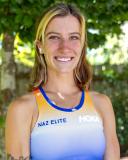
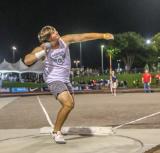
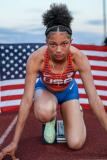


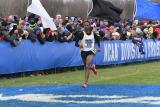


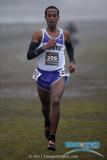
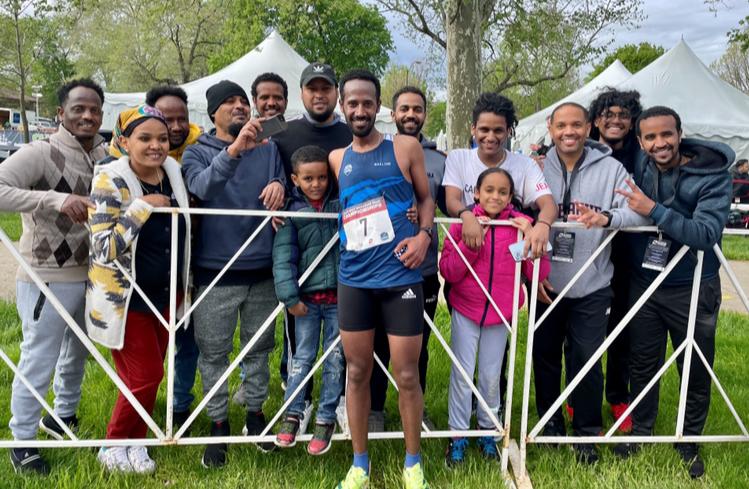
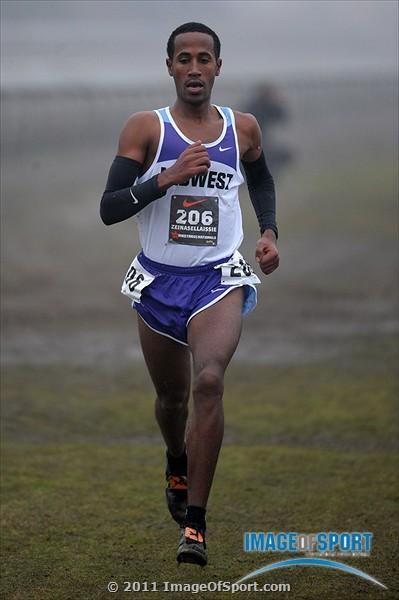 He won three titles in cross country and four in the 3,200 meters. In his last state cross country meet, he won by an unprecedented 44 seconds, broke the course record held by Lukas Verzbikas and kept the record of 14:48.8 until last month’s Nike Cross Midwest Regional.
He won three titles in cross country and four in the 3,200 meters. In his last state cross country meet, he won by an unprecedented 44 seconds, broke the course record held by Lukas Verzbikas and kept the record of 14:48.8 until last month’s Nike Cross Midwest Regional.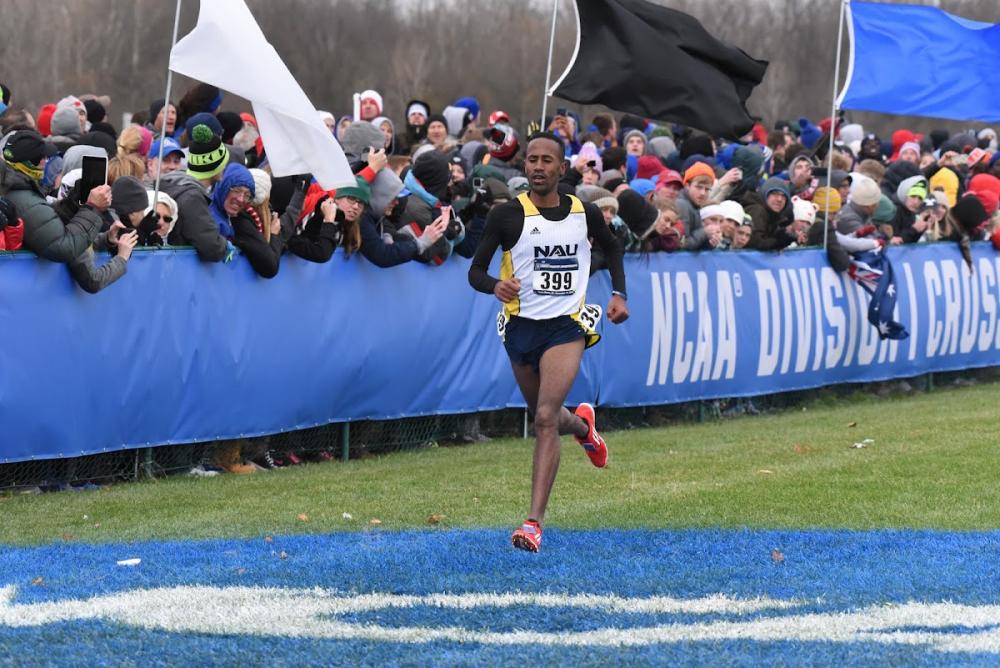 “This is the greatest thing that’s happened to me in my life,” he said then, after finishing on the same Terre Haute course where he had been a high school champion.
“This is the greatest thing that’s happened to me in my life,” he said then, after finishing on the same Terre Haute course where he had been a high school champion.